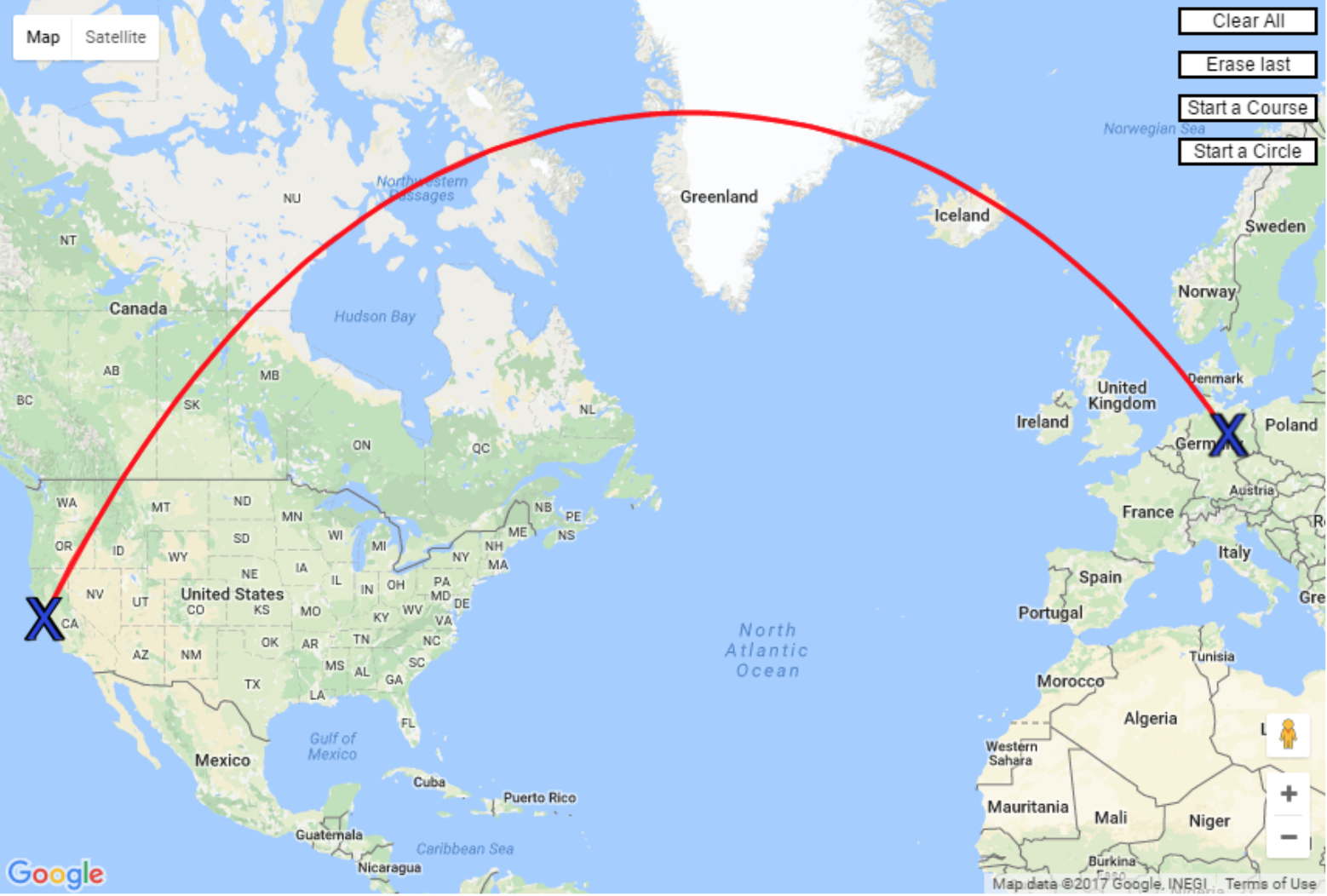

"For since the fabric of the universe is most perfect, and is the work of a most wise Creator, nothing whatsoever takes place in the universe in which some relation of maximum and minimum does not appear." (Leonhard Euler)
Description
Calculus of variations, a term coined by Euler, is a field at the crossroad of pure and applied mathematics, which roughly speaking aims to find optimal shapes. The first problem linked to this field is probably the problem of Dido within a story that takes place in the ancient Carthage. This gave rise to the rich class of problems, referred to as isoperimetric problems: among shapes of fixed surface area, which one is the one with the largest volume?
As many physical systems aim to reach states of lowest energy configurations, calculus of variations describes lots of deep phenomena in our world. Nowadays minimisation (or maximisation) problems appear essentially everywhere: when an airplane aims to fly from Europe to America, it would like to minimise the fuel consumption and time, therefore it takes the shortest path (i.e. a geodesic); when we blow soap bubbles, the soap film aims to minimise surface tension, and so it creates a sphere-like shape; when atoms arrange themselves into molecules, they try to create optimal energy configurations, etc.
Goals of the project
The main objective of this project is the mathematical analysis of problems arising in calculus of variations. To achieve this, we will first consider some of the main building blocks of the theory (optimisation problems in finite dimensions; the direct method of calculus of variations; first and second variations; Euler-Lagrange equations; etc.). We will also see the deep role of convexity in these considerations, also by formulating corresponding dual problems. As further milestones, we will see that many times suitable notions of so-called relaxations will be necessary in order to guarantee the existence of optimisers. Then we will see that optimisers of variational problems are many times smoother (more regular) than we have initially thought about.
A second important goal of the project is to study rich classes of models arising in other fields. These will include problems of geometric flavour (as finding geodesics, minimal surfaces) in the framework of isoperimetric or so-called Plateau problems (regarding optimal shapes of soap films), in physics (finding connections with classical mechanics) or machine learning, to name a few. There will be a liberty to choose various subtopics from such applications, based on the individual interest of the participants.
Pre- and co-requisites
AMVII and Complex Analysis II.
It is essential to take Analysis III or PDE III simultaneously with the project.
Main texts
+ H. Kielhöfer, Calculus of variations. An introduction to the one-dimensional theory with examples and exercises. Translated from the 2010 German original. Texts in Applied Mathematics, 67. Springer, Cham, 2018. xvi+227 pp.
+ G. Buttazzo, M. Giaquinta, S. Hildebrandt, One-dimensional variational problems. An introduction. Oxford Lecture Series in Mathematics and its Applications, 15. The Clarendon Press, Oxford University Press, New York, 1998. viii+262 pp.
Some further reading
+ T. Radó, On Plateau's problem. Ann. of Math. (2) 31 (1930), no. 3, 457-469.
+ J. Douglas, Solution of the problem of Plateau. Trans. Amer. Math. Soc. 33 (1931), no. 1, 263-321.
+ P.D. Lax, A short path to the shortest path. Amer. Math. Monthly 102 (1995), no. 2, 158-159.
+ B. Dacorogna, Direct methods in the calculus of variations. Second edition. Applied Mathematical Sciences, 78. Springer, New York, 2008. xii+619 pp.
+ L. Ambrosio, N. Fusco, D. Pallara, Functions of bounded variation and free discontinuity problems. Oxford Mathematical Monographs. The Clarendon Press, Oxford University Press, New York, 2000. xviii+434 pp.